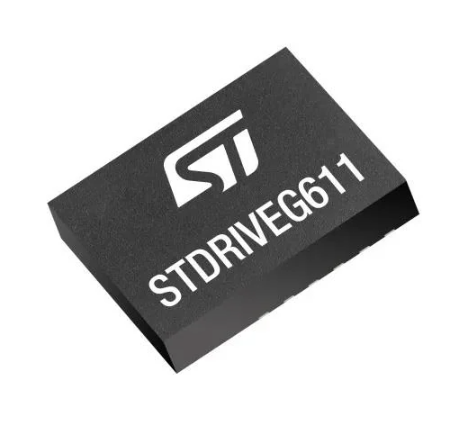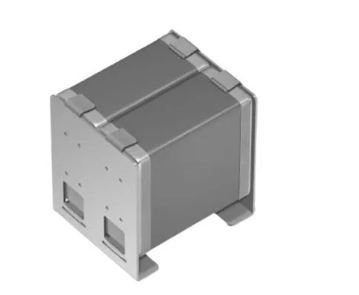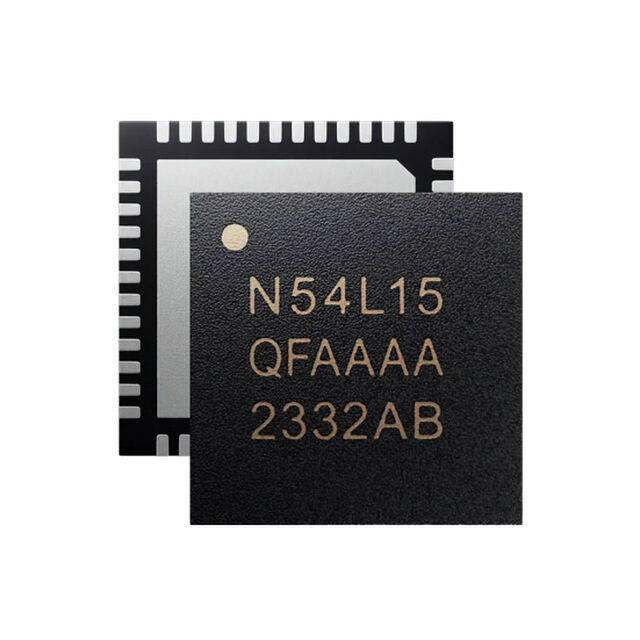US stocks recoil following China’s DeepSeek AI startup reveal
Chinese startup DeepSeek rocked global stock markets as it introduced its newest AI version, DeepSeek-R1, which has quickly rose to top app charts and Google Trend statistics, replacing ChatGPT’s longstanding dominance.
This development has rocked the US AI bubble, casting doubts over the nations AI leadership and the costs associated with AI.
The market reaction
On Monday 27th January 2025, major US tech stocks experienced staggering losses unseen in recent times. NVIDIA, the largest of these tech giants and the leading AI chip manufacturer globally, saw its share plummet by an immense 17%, wiping $593 billion in market valuation – notably making it the largest single-day loss for any company in history. The other tech giants, such as Microsoft, Alphabet (Google), and Meta, all faced similar declines.
This was only the start of the bubble bursting, with the sider market capitalisation of US tech firms decreasing by approximately $1 trillion in total, demonstrating the sheer amount of investor shakiness in face of the competitive threat posed by DeepSeek and the wider Chinese market.
What caused the collapse?
New AI models are nothing new to the industry at this point, so what made the DeepSeek solution so disruptive to the market?
The key factor behind its impact lies in the technological advancements made with this new iteration. DeepSeek’s AI assistant demonstrated capabilities comparable to existing models but was developed at a fraction of the cost – and I mean a fraction. The company reported that its model was trained using restricted version of NVIDIA's H800 chips, incurring expenses of less than $6 million. This efficiency challenges the prevailing notion that advanced AI development necessitates substantial financial investment in high-end hardware and infrastructure.
DeepSeek new model is current priced at a fraction of the cost of similar models by the likes of OpenAI, costing just $2.19 per million output tokens versus OpenAI’s o1 model at $60.
At its core, it is this challenging of generally accepted pricing and high-end hardware/infrastructural demands that has shook US tech stocks.
A scramble ensues
The rapid emergence of such a disruptive competitor has left US tech firms scrambling to understand how. This as prompted a widespread reassessment of the US’ position as the King of the global AI landscape. Investors are now questioning the sustainability of large-scale investments in AI by American tech firms, given that comparable results can be achieved with more economical approaches. This development has led to increased market volatility and concerns about the future competitiveness of US technology companies.
Sam Altman, CEO of OpenAI, acknowledged DeepSeek's model as "impressive" and expressed the company's intention to accelerate the release of improved AI models: “We will obviously deliver much better models and also it's legit invigorating to have a new competitor!”
Satya Nadella, CEO of Microsoft, viewed DeepSeek's development as a catalyst for increased AI adoption. He likened the situation to the Jevons paradox, suggesting that as AI becomes more efficient and accessible, its usage will expand. Nadella remarked: "DeepSeek's breakthrough will turn AI into a commodity we just can't get enough of."
Meanwhile, Meta, in response to DeepSeek's advancements, assembled four ‘war rooms’ comprising engineers to analyse and address potential breakthroughs in AI development.
The US Government’s response
The rapid rise of DeepSeek’s AI assistant and its significant impact on the US stock market prompted concerns within the government about the broader implications for national security and economic competitiveness. Policymakers warned that the success of a foreign-developed AI model could undermine the US's position as a global leader in technology. They also highlighted the risks of increased reliance on foreign AI systems, particularly regarding data privacy, cybersecurity, and intellectual property theft.
In response, there were calls to accelerate federal funding for AI research and development to maintain the country’s edge in the global AI race. The US Department of Commerce reportedly began reviewing potential vulnerabilities associated with foreign AI technologies, with a focus on safeguarding sensitive data and infrastructure. Additionally, discussions around establishing new frameworks to regulate AI imports gained traction, with some officials advocating for tighter scrutiny of foreign-developed AI solutions used within critical sectors.
President Donald Trump described the situation as a “wake-up call” for American industries and government bodies. He stressed the importance of fostering domestic innovation in AI, calling for enhanced collaboration between government, academia, and private enterprises to ensure that the US remains at the forefront of technological advancements. These comments signalled a shift in policy focus towards addressing the growing competition from foreign AI developers, particularly those in China.
Nigel Green, CEO of deVere Group, says, “This is a wake-up call for markets. The assumption that tariffs could contain China’s technological ambitions is being dismantled in real time.
“DeepSeek’s breakthrough is proof that innovation will always find a way forward, regardless of economic barriers.”
He continues: “By restricting China’s access to high-end semiconductors, Washington sought to slow its progress in AI.
Instead, it has fuelled an acceleration in domestic innovation, forcing Chinese firms to find alternatives. DeepSeek’s achievement is a direct result of this shift.
“Rather than being crippled by US sanctions, Beijing has cultivated AI models that require significantly less computing power, diminishing its reliance on American technology and eroding US leverage over global supply chains.”
What happens now?
DeepSeek’s emergence has forced a reassessment of priorities in the global AI landscape. In the US, policymakers are likely to push for increased federal funding in AI research, stronger regulations to protect intellectual property, and incentives for private sector innovation. Tech giants may focus on cutting development costs and exploring more efficient AI training methods to compete with DeepSeek’s claim of achieving results for less than $6 million—a figure that has yet to be fully verified.
Globally, this development challenges the notion that advanced AI requires massive investments, potentially democratising access to the technology. However, it also raises concerns about regulatory oversight as cost-effective models become more prevalent. The response from the US and its tech leaders will determine whether they maintain their competitive edge or fall behind in the shifting AI landscape.
The markets are still in recoil since opening, with no drastic rebound in sight, just some marginal regains. Will the impact be long lasting or blow over in the coming weeks is the next question on investors’ minds.
As Green suggests: “Investors should be paying close attention to this shift. If China’s AI firms no longer require cutting-edge US chips, a core pillar of Washington’s strategy crumbles.
“The market response we’re seeing is just the beginning of what could be a larger recalibration of AI investment flows.”
Meanwhile, not all the noise is negative and some figures from around the industry have highlighted that, despite concerns among AI investors and companies, this news can be seen positively, indicating that AI developments are not exclusive to OpenAI and NVIDIA.
Srini Koushik, President of AI, Technology & Sustainability for Rackspace Technology, says: “Breakthroughs like DeepSeek-R1 represent a pivotal step in embedding AI solutions directly into business operations. By advancing Chain-of-Thought prompting, reinforcement learning, and a mixture-of-experts (MoE) design, DeepSeek-R1 enables faster and more efficient inferencing while significantly reducing dependency on high-powered GPUs. This breakthrough marks the beginning of a new race to build models that deliver value without incurring prohibitive infrastructure or energy costs.
“The next frontier for Enterprise AI lies in moving solutions out of the lab and into real-world applications at scale. Innovations like DeepSeek-R1 inspire a shift towards creating AI solutions that balance cutting-edge performance with practicality, enabling enterprises of all sizes to adopt and operationalise AI more effectively. This sets the stage for widespread transformation, empowering businesses to harness AI for smarter decision-making, enhanced productivity, and long-term competitiveness.”






